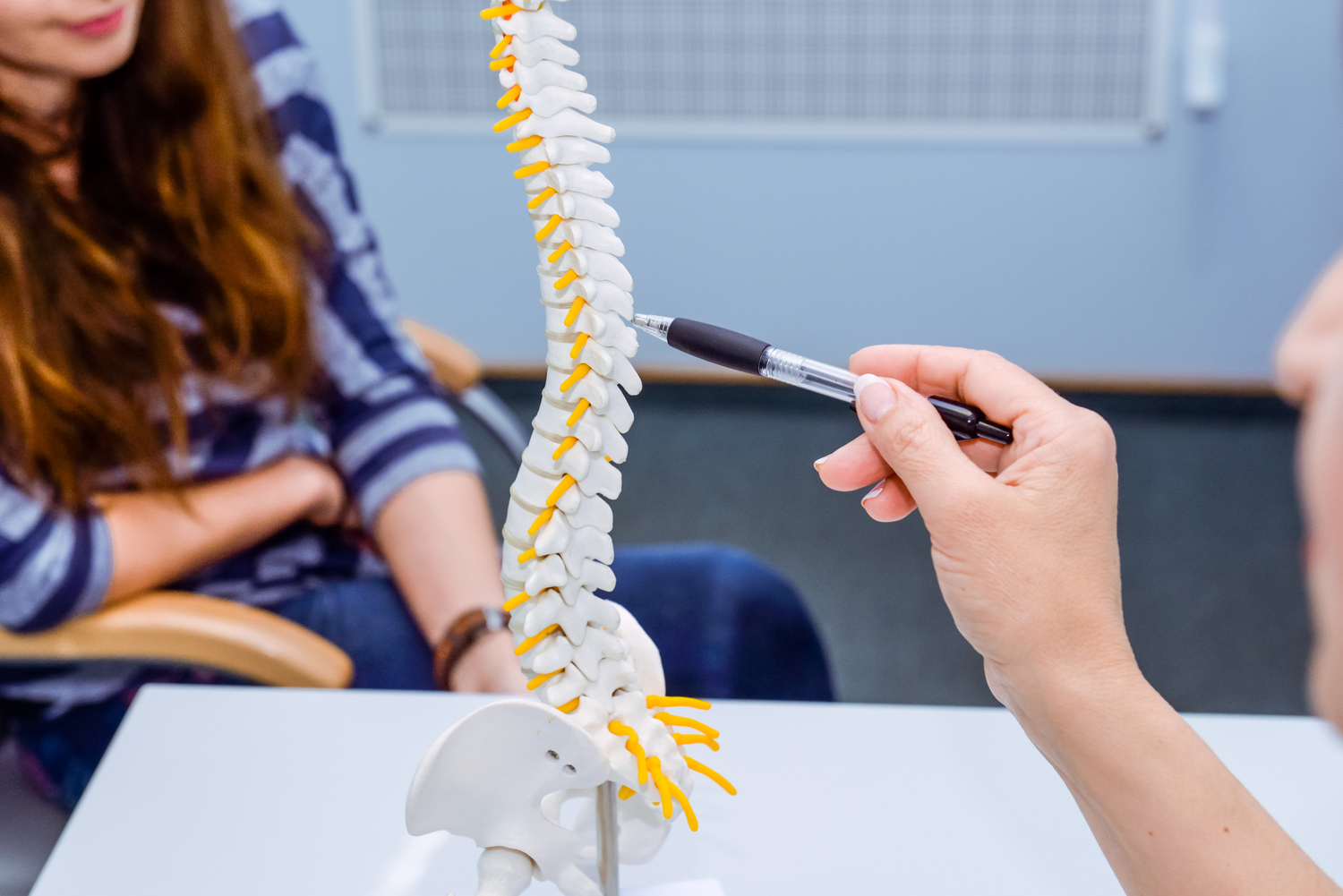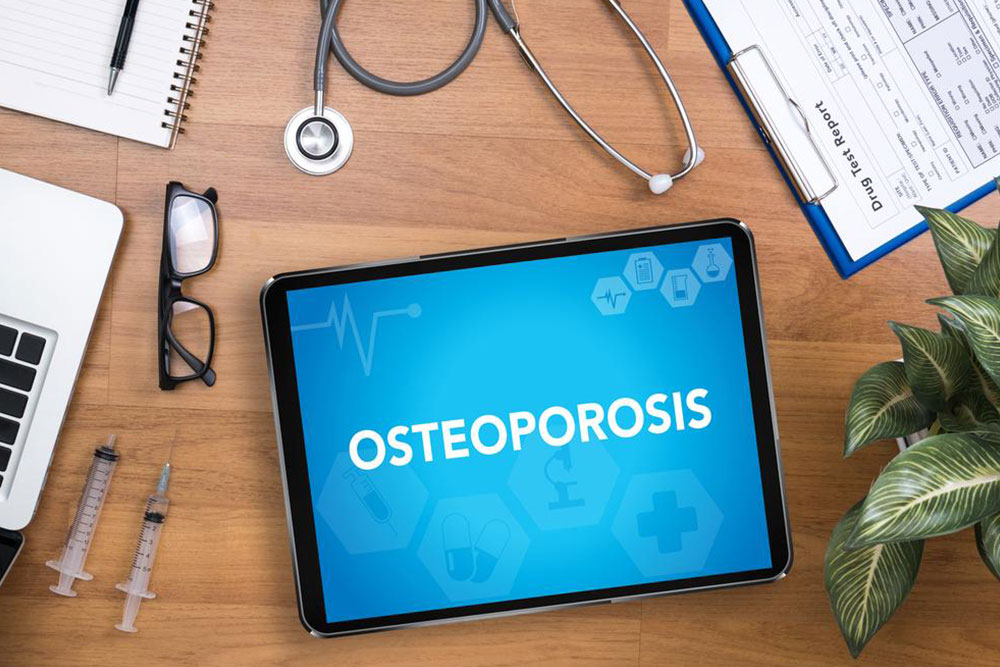Comprehensive Guide to Osteoporosis: Causes, Symptoms, and Effective Prevention Strategies
Explore this comprehensive guide on osteoporosis, detailing its causes, early signs, and effective prevention and treatment strategies. Learn how lifestyle, nutrition, and medical factors contribute to bone health and discover practical tips to minimize fracture risk. This article underscores the importance of early detection and proactive measures to maintain strong, healthy bones as you age.

Comprehensive Guide to Osteoporosis: Causes, Symptoms, and Effective Prevention Strategies
Osteoporosis is a widespread health condition characterized by the gradual weakening of bones, leading to increased fragility and higher susceptibility to fractures. Often labeled a "silent disease," osteoporosis typically develops without obvious symptoms until a fracture occurs, making early detection and prevention essential. The disease predominantly affects the spine, hips, and wrists—3 critical areas vital for mobility and overall quality of life. Understanding the underlying causes, recognizing early signs, and implementing effective prevention strategies can significantly reduce the risk and impact of osteoporosis.
Osteoporosis is fundamentally a disorder of bone remodeling—a constantly ongoing biological process where old bone tissue is resorbed, and new bone is formed. During childhood and adolescence, this process results in an increase in bone density, leading to a peak bone mass typically achieved in early adulthood. After reaching peak bone mass, usually in the late 20s to early 30s, bone resorption gradually begins to outpace formation, especially as aging accelerates this process. If the loss of bone tissue becomes significant, bones become porous and brittle, setting the stage for osteoporosis.
While aging is the primary factor, a variety of other elements contribute to the development of osteoporosis. These factors include genetics, hormonal imbalances, nutritional deficiencies, medical conditions, medications, and lifestyle choices. A comprehensive understanding of these risk factors is vital for prevention and management.
Key Risk Factors for Developing Osteoporosis
Several specific factors increase the likelihood of developing osteoporosis. Recognizing these helps individuals and healthcare providers implement early intervention strategies:
Genetic and demographic predispositions: Age and sex play critical roles; women, particularly postmenopausal women, are at a much higher risk due to decreased estrogen levels. Ethnicity also influences risk, with Caucasians and Asians being more susceptible to osteoporosis. A family history of osteoporosis or related fractures significantly elevates risk. Additionally, individuals with a smaller body frame or lower body mass index (BMI) tend to have lower bone reserves, making them more prone to the disease.
Hormonal factors: Hormones regulate bone remodeling, and imbalances can lead to increased bone loss. Estrogen, in particular, plays a vital role in maintaining bone density in women. A decline in estrogen levels, as seen during menopause, accelerates bone deterioration. Testosterone in men also influences bone health. Specific medical treatments, such as chemotherapy and hormonal therapies for cancers like breast and prostate cancer, can disrupt the hormonal balance and weaken bones. Thyroid disorders and excessive thyroid hormone therapy are additional contributors to bone loss.
Dietary and nutritional influences: Adequate intake of calcium and vitamin D is essential for bone strength. Diets lacking these nutrients, or suffering from poor nutrition, significantly increase osteoporosis risk. Eating disorders such as anorexia nervosa or bulimia can cause nutritional deficiencies that adversely affect bone health. Moreover, excess protein, caffeine, and salt intake can lead to increased calcium excretion, further compromising bone integrity.
Medical conditions and pharmacological factors: Certain chronic diseases, including rheumatoid arthritis, inflammatory bowel disease, and celiac disease, can interfere with nutrient absorption and promote bone loss. Long-term use of medications such as corticosteroids, anticonvulsants, thyroid hormone replacements, and immunosuppressants are associated with increased osteoporosis risk. Treatments like chemotherapy and radiation therapy for cancer can also weaken bones over time.
Lifestyle choices: Sedentary behavior contributes greatly to osteoporosis, as physical activity, especially weight-bearing and resistance exercises, stimulates bone formation. Smoking cigarettes accelerates bone loss by impairing osteoblast function and reducing estrogen levels. Excessive alcohol consumption also hampers bone remodeling, reduces calcium absorption, and disrupts hormonal balance. Lack of physical activity and dependencies on sedentary habits accelerate the deterioration of bone tissue.
Recognizing the Symptoms of Osteoporosis
Often referred to as a silent disease because it progresses without pain or obvious signs, osteoporosis is frequently diagnosed only after fractures occur. Nonetheless, some early warning signs may include:
An increase in fractures, especially without significant trauma
Back pain caused by fractured or collapsed vertebrae
Loss of height over time—often unnoticed until significant
A stooped or hunched posture (kyphosis)
These symptoms should prompt immediate medical evaluation, particularly in at-risk populations.Strategies for Managing and Treating Osteoporosis
Effective management of osteoporosis involves a combination of lifestyle modifications, dietary interventions, and medications tailored to the individual’s needs. The main goal is to prevent fractures and improve bone density.
Dietary improvements: A diet rich in calcium (from dairy products, leafy greens, fortified foods) and vitamin D (from sunlight exposure and supplements) is fundamental. Adequate intake of magnesium, zinc, and protein also supports bone regeneration. Consistent consumption of these nutrients helps maintain optimal bone mineral density.
Exercise: Regular weight-bearing activities such as walking, jogging, dancing, and resistance training stimulate bone growth and strengthen skeletal structures. Engaging in consistent physical activity is one of the most effective non-pharmacological interventions for preventing osteoporosis.
Natural remedies and supplements: Certain herbal and natural supplements—like soy isoflavones, black cohosh, and red clover—are sometimes used to support bone health, especially in postmenopausal women. However, it is essential to consult healthcare professionals before starting such supplements.
Prevention Tips to Maintain Bone Health
While some risk factors such as age and genetics cannot be changed, adopting healthy lifestyle habits can significantly decrease the likelihood of developing osteoporosis:
Engage in regular weight-bearing and resistance exercises—at least 30 minutes most days of the week
Ensure sufficient intake of calcium and vitamin D through diet and supplementation if needed
Avoid smoking and limit alcohol consumption to protect bone integrity
Maintain a healthy weight and avoid malnutrition
Get regular check-ups and bone density scans if at risk, to catch early signs of bone loss
Implementing these proactive steps can lead to stronger bones, reduced fracture risk, and an improved quality of life in aging populations. Ultimately, awareness, early diagnosis, and an active lifestyle are the cornerstones of effective osteoporosis prevention and management.




